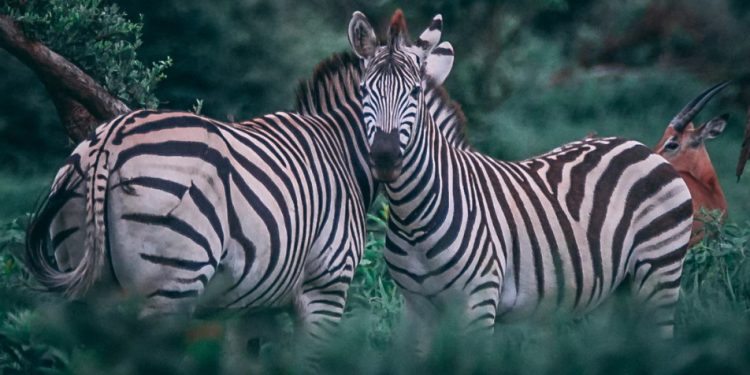Recently, a research team led by the Rapid Evaluation Program of Conservation International , with the cooperation of the Honduran government, revealed in a study that in that part of the jungle they found an overwhelming wealth of plants and animals, including a new species not cataloged previously and some others that were believed extinct until that moment.
The mosquito, with its almost 350 thousand hectares, is the largest protected area in that Central American country and one of the least explored and virgin areas of the Central American jungle.
The entrance to this area is so complicated that the researchers that in 2017 started with this biodiversity study had to be transported by helicopters.
Our planet is full of mysteries that patiently await the moment in which they will be revealed by science, from aspects of nature that we still do not know or even places whose access was so difficult that they remained for a long time without the presence of the human being.
This is the case of the flame “White City”, “City of the Jaguar” or “City of the monkey god”, which is in the middle of an almost inaccessible area of the jungle of La Mosquita, in Honduras. Apparently many animal species that reside there had been hidden from the eyes of science. At least until recently.
The vast biodiversity of the White City is mainly due to the large extent of diverse and intact ecosystems of which it is a part.
The incredible number of 183 species of plants, 14 of them threatened and two in critical danger of extinction, such as Reinhardtia gracilis, were successfully identified. 3 new species ever found in Honduras were found. More than 50 of these plant species have a very important use for people since they are used for medicines, food, for their wood or even for decorative uses.
There were also 246 species of moths and butterflies, including the beautiful Morpho helenor butterfly. Surprisingly, the tiger beetle was rediscovered, which had been declared extinct in Honduras and whose existence was relegated only to Nicaragua.
The team also observed a total of 198 bird species, including 6 that are listed as almost threatened, two more as vulnerable and one critically endangered: the great green macaw, which is believed to only have 2,500 individuals in nature.
In the case of reptiles and amphibians, the research team recorded 35 and 22 species respectively, of which one had not been previously registered and many others had been poorly documented. The rediscovery of the coral snake stands out.
The mammals found in this area is the cherry of the cake: 40 small mammals were studied, such as bats and rodents, and 30 species of medium and large mammals, such as tapir and white-tailed deer.
The pale-faced bat, one of the great discoveries of this expedition, is a species that for more than 75 years had been hidden from Honduran scientists.







